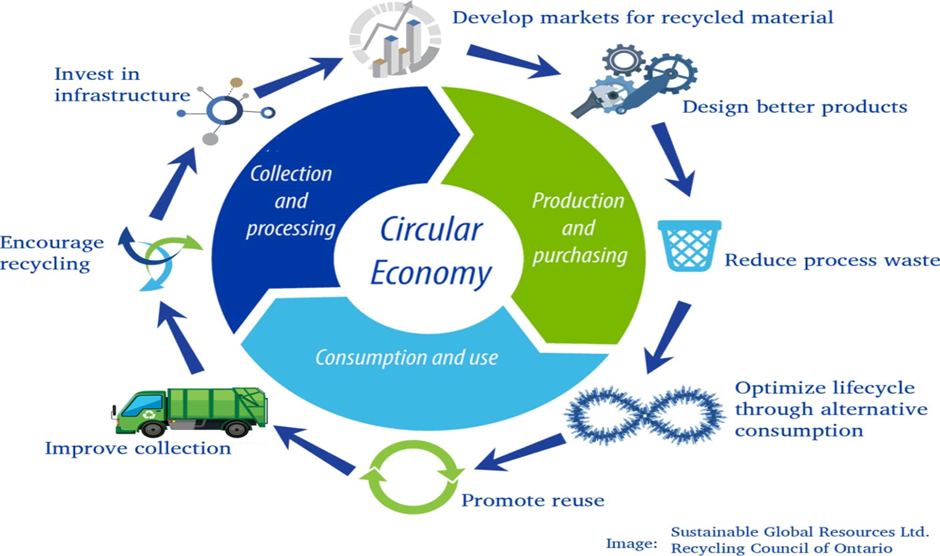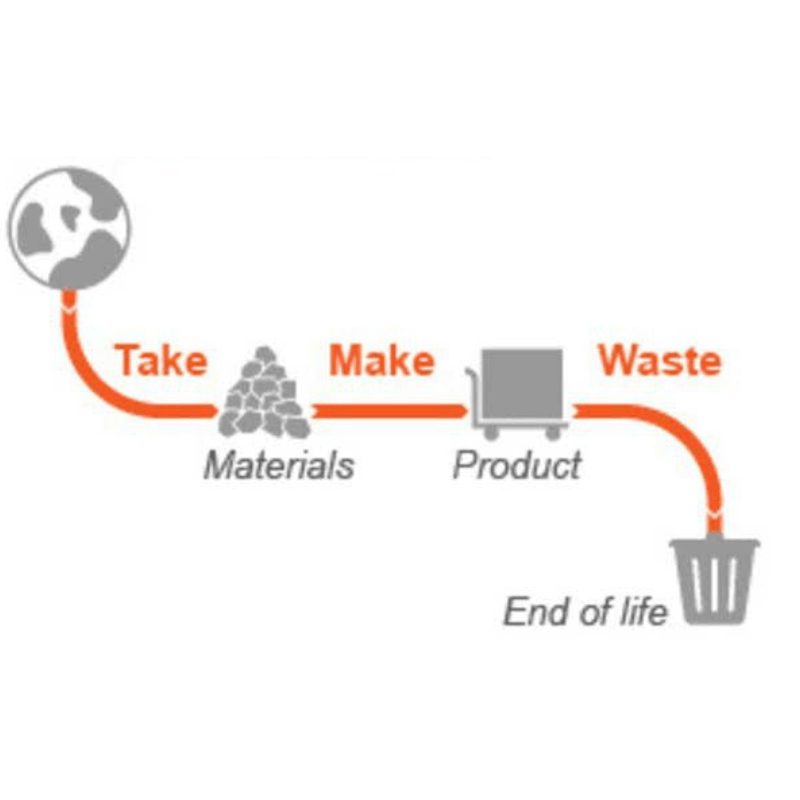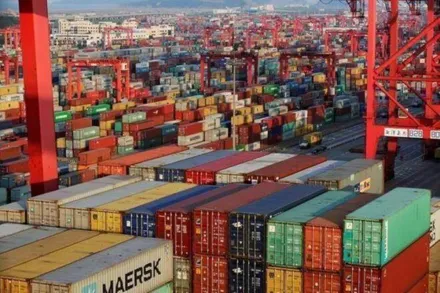- Courses
- GS Full Course 1 Year
- GS Full Course 2 Year
- GS Full Course 3 Year
- GS Full Course Till Selection
- Answer Alpha: Mains 2025 Mentorship
- MEP (Mains Enrichment Programme) Data, Facts
- Essay Target – 150+ Marks
- Online Program
- GS Recorded Course
- Polity
- Geography
- Economy
- Ancient, Medieval and Art & Culture AMAC
- Modern India, Post Independence & World History
- Environment
- Governance
- Science & Technology
- International Relations and Internal Security
- Disaster Management
- Ethics
- NCERT Current Affairs
- Indian Society and Social Issue
- NCERT- Science and Technology
- NCERT - Geography
- NCERT - Ancient History
- NCERT- World History
- NCERT Modern History
- CSAT
- 5 LAYERED ARJUNA Mentorship
- Public Administration Optional
- ABOUT US
- OUR TOPPERS
- TEST SERIES
- FREE STUDY MATERIAL
- VIDEOS
- CONTACT US
Promoting Circular Economy
Promoting Circular Economy

Promoting Circular Economy
Background
- In recent years, the concept of Circular Economy (CE) has gained increasing attention as a way to address a range of environmental and economic challenges.
- With the growing recognition of the limited nature of many resources and the negative impacts of waste and pollution, the circular economy offers a more sustainable and resilient alternative to the traditional model of economic growth.
- Governments, Businesses, and other organizations around the world are increasingly exploring ways to adopt circular practices and transition to a more circular economy.
- The COP27 meet also brought to focus the circular economy’s relevance in mitigating carbon emissions by ensuring responsible consumption and sustainable resource management.
What is a Linear Economy?
- It is a conventional method, in which raw materials are gathered and turned into goods that people use until they discard them as garbage without thinking about the impact on the environment. With things designed to be discarded after use, it puts profit before sustainability.
- According to the ministry of environment, forest, and climate change, India generates approximately 62 million tons of waste with an average annual growth rate of 4%.
- It is also found that currently, India generates 70 million metrics of municipal solid wastes. Out of it, only 20% is recycled and the rest ends up in landfills and oceans affecting humans, and marine life, along with destroying the environment.
So, What is a Circular Economy?
- A Circular Economy is the one where products are designed for durability, re-use and re-cyclability and thus almost everything gets re-used, re-manufactured, and re-cycled into a raw material or used as a source of energy.
- It includes 6 R’s - Reduce, Reuse, Recycle, Refurbishment, Recover, and Repairing of materials.
- Germany and Japan have used it as a binding principle for reorganising its economy, whereas China even has a law on it (Circular Economy Promotion Law).
What is the Need of Circular Economy (CE)?
-
- CE focuses on minimising waste while maximising utilisation and calls for a production model aiming to retain the most value to create a system that promotes sustainability, longevity, reuse, and recycling.
- Though, India has always had a culture of recycle and reuse but its rapid economic growth, growing population, impact of climate change and rising environmental pollution makes it necessary to adopt circular economy.
- CE can lead to the emergence of more sustainable production and consumption patterns, thus providing opportunities for developed and developing countries to achieve economic growth and inclusive and sustainable industrial development (ISID) in line with the 2030 Agenda for Sustainable Development.
Some of India’s Initiatives to Promote Circular Economy are:
- The 2022-23 Budget recognised the importance of sustainable growth and to promote circular economy, the government formulated:
-
- Battery Waste Management Rules 2022
- Plastic Waste Management (Amendment) Rules 2022
- e-Waste Management Rules 2022
- These rules set out target waste disposal standards for manufacturers, producers, importers, and bulk consumers.
-
- Action plans were also formulated across 10 sectors including e- waste, lithium-ion batteries, end-of-life vehicles, scrap metal, municipal solid waste, etc. emphasising the importance of reusing secondary materials.
Challenges in Achieving Circular Economy (CE) are:
- Unclear Vision for CE: Despite the Governments policy efforts, the progress has been very low; one of the major challenges is the lack of a clear vision towards the end-goal of India’s circular economy mission and gaps in actual implementation of the policies.
- High Reluctance of Industries: The Industries are reluctant in adopting the circular economy model due to supply chain limitations, lack of incentives to invest, complex recycling processes and lack of information to support participation in reusing/ recycling/re-manufacturing processes.
- Lack of Awareness and Understanding: Many people in India are not aware of the concept of a circular economy and its benefits making it difficult to gain support for implementing circular economy initiatives.
- Infrastructure Challenges: India's infrastructure is not well-suited to support a circular economy. For example, there is a lack of recycling facilities, which makes it difficult to recycle and reuse materials.
- Cultural Challenges: There is a cultural resistance to the idea of reusing and recycling products in India making it difficult to change consumer behaviour and shift towards a circular economy.
Steps Need to be Taken to Promote Circular Economy are:
- Legal Reforms: The challenges mentioned above may be overcome through legislative mandates for the procurement of recycled/ secondary raw materials in the initial stages of the production cycle.
- Harmonising Laws with Implementation Strategies: The government’s initiatives need to be in harmony with implementable actions with industry collaboration to capture the benefits of the circular economy.
- Investments in Research and Development: The renewable energy industry should invest in the research and development of recycling technologies. Investments in R&D could help discover new ways of recycling that result in higher efficiency and a less environmentally damaging footprint. Industries should also explore technology transfers with global recycling firms for establishing domestic waste recycling facilities.
- Technology Driven Recycling: Government should encourage R&D in the field of waste recycling at University and School levels to promote active participation of masses in technology enhancement in the field of waste management.
Conclusion
A good alternative to the linear economy is the circular economy. Resources can be used more effectively and efficiently by maximising their value throughout the life cycles of the goods that include them, and negative effects on the environment, the economy, and society related to product life cycles can be reduced. As a result, the circular economy provides a simple solution that satisfies existing policy objectives. There is a lot of room to grow the circular economy’s contribution to the global economy.




